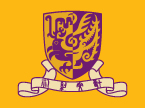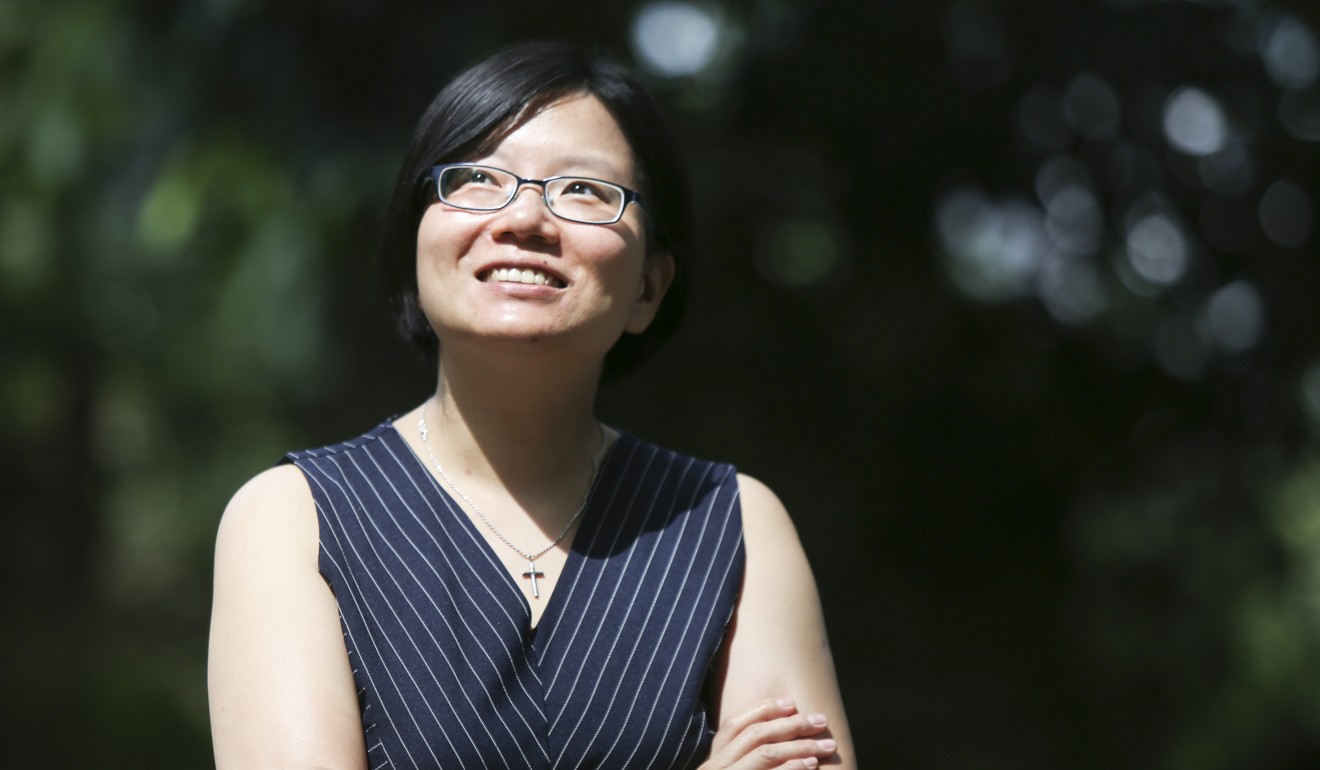Robots break communication barriers with autistic Hong Kong children
Professor’s programme teaches interaction skills using machines designed to appeal to kids
Catherine So from the department of educational psychology at Chinese University hopes to bring tech-based teaching to schools. Photo: Xiaomei Chen
Autistic children may have a hard time coping with their surroundings, but Professor Catherine So Wing-chee, armed with a background in language and cognitive development, has made it her mission to help them integrate into society – with the help of some robot friends.
The 38-year-old from the Chinese University of Hong Kong also aims to change the mindset of Hongkongers towards those with autism.
“There are still people in Hong Kong who discriminate against children with autism. You can see it on their faces. When people see an autistic child scream, they will look at the child or caretakers as if to say: ‘Why don’t you teach this kid how to behave?’” So said.
“This motivated me to develop some intervention programmes for autistic children.”
To teach the children social skills, So developed a programme based on gestures – spontaneous hand or head movements produced with speech. Those with autism experience a delay in the development of such non-verbal cues, which come naturally for other children.
Assisting So are four robots developed in France and used in autism research. They are programmed to teach gestures.
“Children with autism prefer objects to human beings. They find objects like toys less overwhelming. Toys don’t impose expectations on them.
“For example, the way we speak, with intonations, facial expressions, and eyebrow movement – these are really spontaneous for us, but children with autism find them really sudden and overwhelming. They like patterns, predictability, structure and routines.”
Among the expressions the robots teach are anger, hunger and dizziness. The programme requires children to watch the robots perform the gestures and listen to the context in which they are used, while imitating them.
The robots can also be used to teach perspectives and story narration through role play. The robots demonstrate the process and children are invited to follow suit.
“We use these robots because we know the children really love them. We observed that when children interact with the machines, they will really look at the robots and pay full attention, compared to a classroom setting where they run around,” So said.
According to So, the ability of the robots to break communication barriers for autistic children opens learning and development pathways that can’t be as easily achieved in a regular classroom.
Catherine So has found a way to tap into the learning potential of autistic children. Photo: Xiaomei Chen
The success of her programme has led to partnerships with a number of schools, which includes mainstream institutions and those specialising in education for autistic children.
Nearly 200 autistic children have benefitted from the programme so far, and many more are expected to take up the training course.
“We find that [after the programme] children use the gestures in their daily lives to express their emotions and feelings. There was one kid at Hong Chi Morninghill School – previously, when he found the environment too noisy, he would hit his own head.
“After learning the gesture for noisiness, he would cover his ears and say that it’s too noisy. This is a success. They have applied it to their daily lives.”
For her efforts, Chinese University has nominated So for the South China Morning Post’s Spirit of Hong Kong Awards in the Innovating for Good category.
She hopes that her programme can eventually be integrated into mainstream education.
“I want to make this part of the curriculum in kindergarten as a technology-based method. I hope I can teach children not only gestures, but also some skills in processing perspective, such as how to express emotions, engage in conversation, and how to move their hands appropriately in conversation.”
http://www.scmp.com/news/hong-kong/education-community/article/2097135/r...




